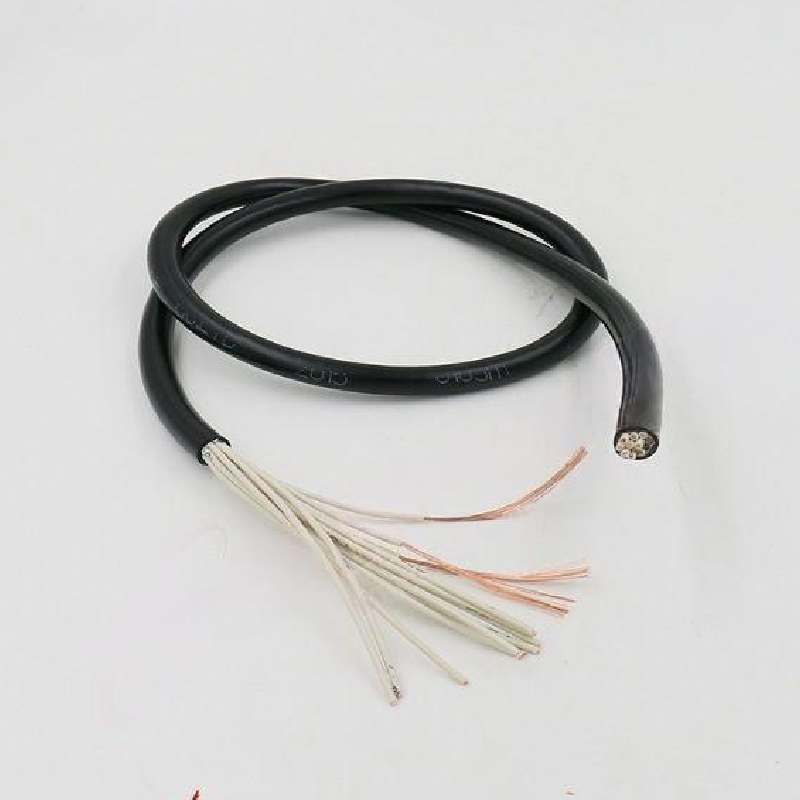Nov . 20, 2024 14:07 Back to list
quiet check valve
Understanding Quiet Check Valves A Comprehensive Overview
In various industrial and commercial applications, maintaining the efficiency and functionality of fluid systems is paramount. One crucial component that plays a significant role in this regard is the check valve. Among the different types of check valves, the quiet check valve stands out due to its unique design and operational benefits. This article delves into the definition, function, advantages, and applications of quiet check valves, providing readers with a thorough understanding of their importance in fluid control systems.
What is a Quiet Check Valve?
A quiet check valve, often referred to as a silent check valve or a noise-reducing check valve, is designed to prevent backflow in piping systems while minimizing noise during operation. Unlike traditional check valves that can produce disruptive sounds when the flow direction changes, quiet check valves utilize special mechanisms to reduce the hydraulic shock that typically causes noise. This makes them particularly suitable for applications in environments where noise pollution is a concern, such as residential buildings, hospitals, and office complexes.
How Does a Quiet Check Valve Work?
At its core, the function of a quiet check valve remains the same as any other check valve to allow fluid to flow in one direction while preventing reverse flow. The difference lies in the internal structure of the quiet check valve. It typically features a spring mechanism that controls the valve's closure, allowing for a softer and more gradual sealing process. This design reduces turbulence and the resultant noise during fluid flow reversal.
When fluid flows in the intended direction, the valve opens freely, allowing unimpeded flow. If the flow reverses, the spring-loaded mechanism gently pushes the valve closed without abrupt movements, significantly mitigating noise levels. This smooth operation not only keeps the system quieter but can also extend the lifespan of other components within the fluid system by reducing the shock and vibration that can lead to wear and tear.
Advantages of Quiet Check Valves
1. Noise Reduction The primary advantage of quiet check valves is their ability to minimize noise. This is crucial in applications where silence is necessary, such as in hospitals or residential areas.
quiet check valve

2. Reduced Water Hammer Water hammer is a common problem in plumbing systems, characterized by a banging noise caused by sudden changes in flow. Quiet check valves help reduce the incidence of water hammer, leading to less maintenance and longer-lasting piping systems.
3. Improved Efficiency By ensuring a smooth and consistent flow without the interruptions caused by noise and backflow, quiet check valves improve the overall efficiency of fluid delivery systems.
4. Durability The gradual closure mechanism of quiet check valves can contribute to their durability. By avoiding sudden impacts that can damage both the valve and the piping systems, these valves often have extended operational lifespans.
5. Versatile Applications Quiet check valves are versatile and can be used in various applications, including HVAC systems, water supply systems, and industrial processing, making them suitable for both residential and commercial installations.
Applications of Quiet Check Valves
Quiet check valves are widely used across different industries. In residential plumbing, they help prevent backflow in water supply lines, ensuring clean water delivery while minimizing noise. In HVAC systems, they contribute to the efficient operation of heating and cooling processes, particularly in large buildings where noise control is essential.
Additionally, in industrial applications, quiet check valves can be utilized in piping systems that transport chemicals, ensuring safety and compliance with regulatory standards while maintaining a peaceful working environment. Such versatility makes them an invaluable component in both public and private infrastructures.
Conclusion
As industries and communities worldwide continue to prioritize noise reduction and efficient fluid control, quiet check valves are becoming increasingly important. Their innovative design addresses common challenges associated with traditional check valves, providing a solution that benefits both the function of fluid systems and the comfort of the surrounding environment. Whether in a home, a hospital, or an industrial setting, the quiet check valve proves to be an essential component in promoting efficiency, durability, and tranquility in fluid management systems.
Share
-
Reliable Wafer Type Butterfly Valves for Every IndustryNewsJul.25,2025
-
Reliable Flow Control Begins with the Right Ball Check ValveNewsJul.25,2025
-
Precision Flow Control Starts with Quality ValvesNewsJul.25,2025
-
Industrial Flow Control ReliabilityNewsJul.25,2025
-
Engineered for Efficiency Gate Valves That Power Industrial PerformanceNewsJul.25,2025
-
Empowering Infrastructure Through Quality ManufacturingNewsJul.25,2025